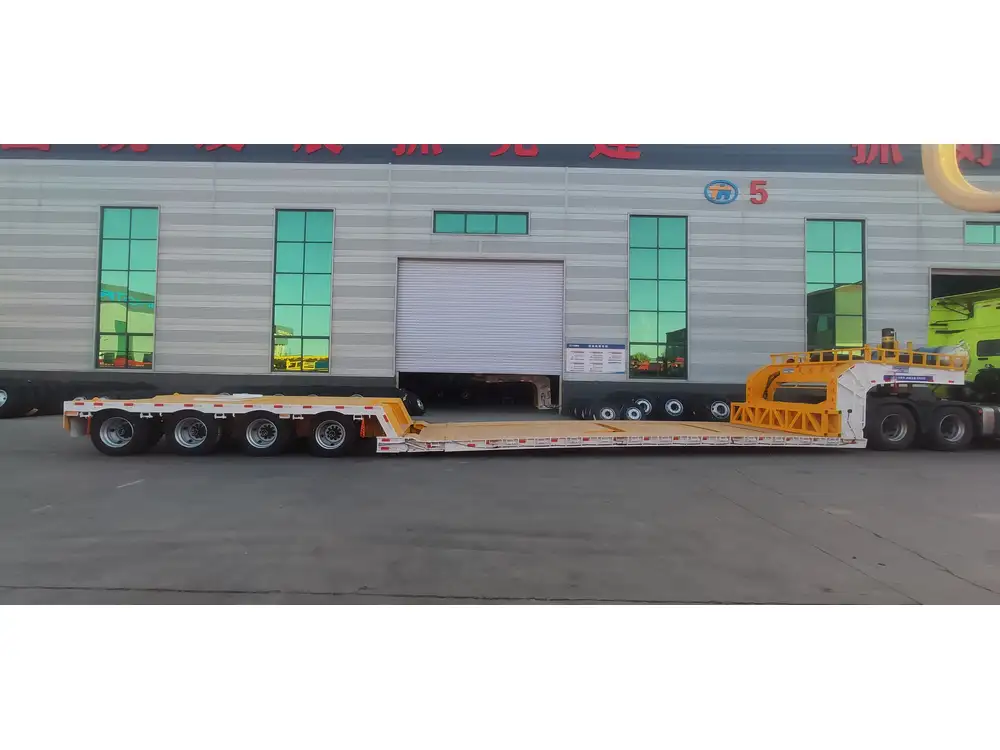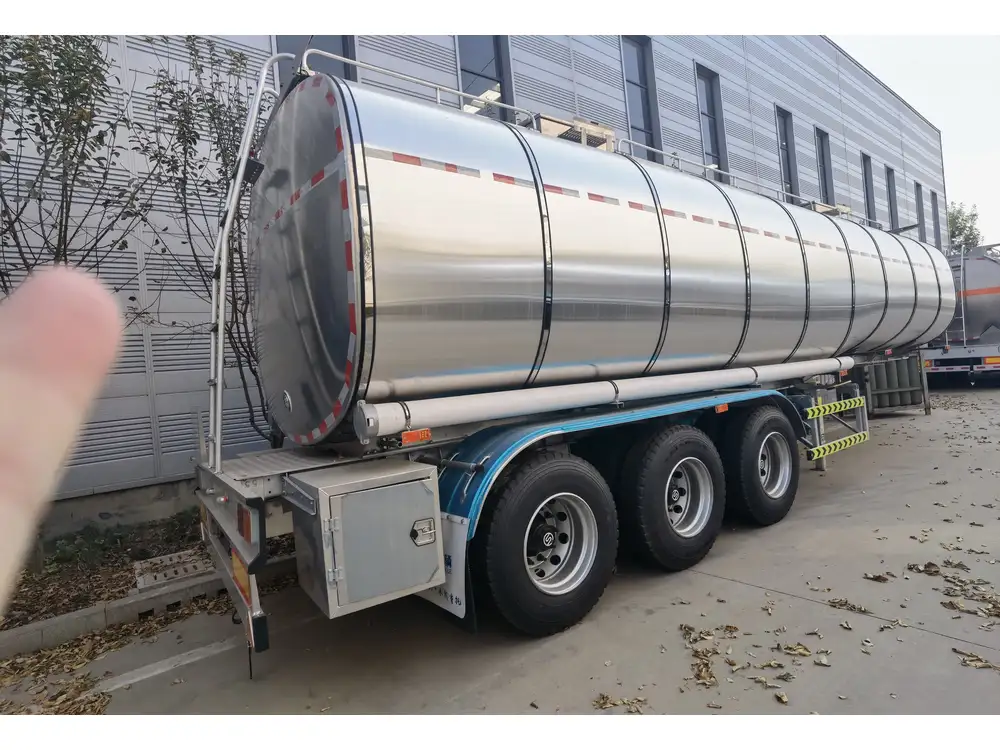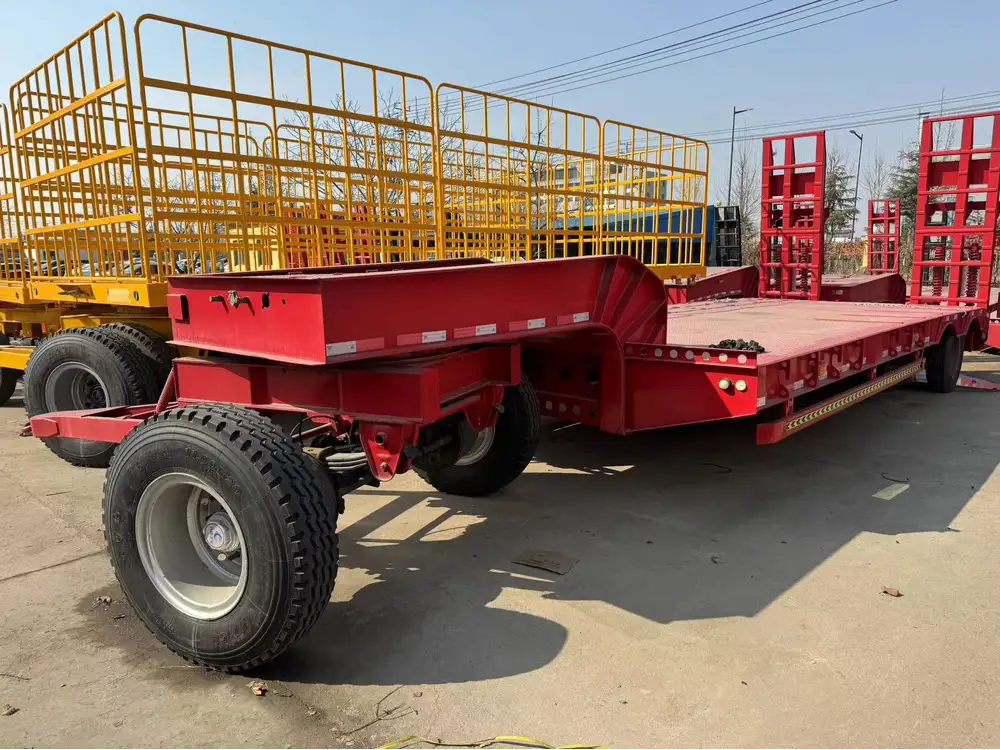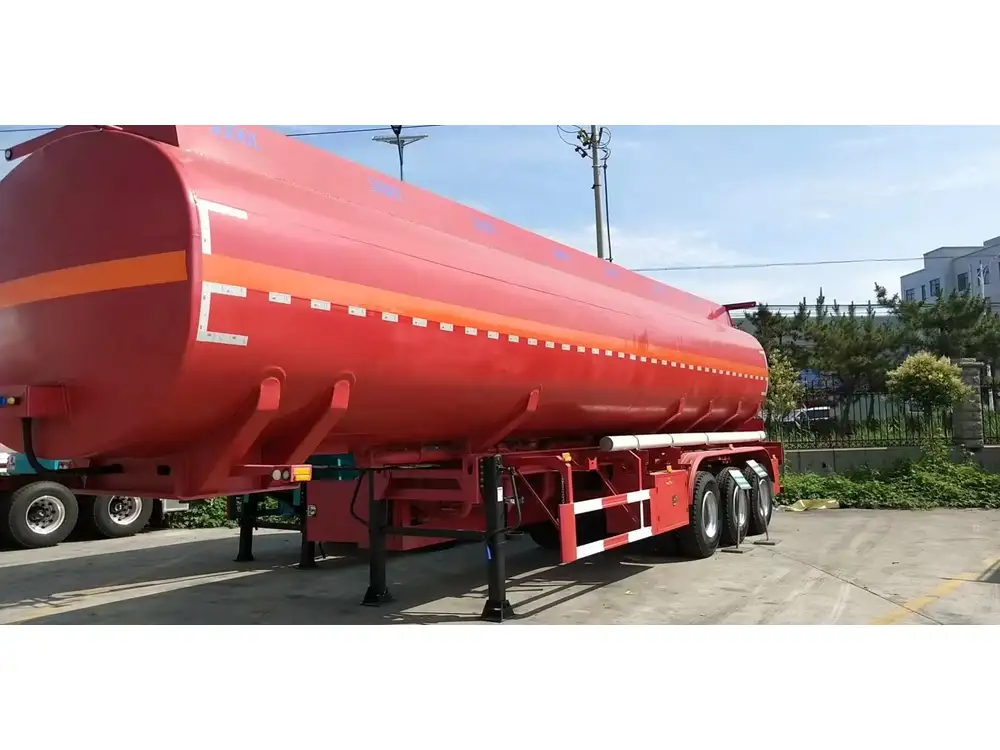When navigating the complex world of logistics and transportation, one critical aspect that often goes overlooked is the dimensions of the equipment used, particularly the semi-box trailer. As we delve into the specific query of “how tall is a normal semi box trailer,” we’ll unpack several key factors influencing trailer height, common standards, and the implications these dimensions have across various industries.
What Is a Semi-Box Trailer?
A semi-box trailer, also known as a box truck or enclosed trailer, is a vehicle designed to transport goods and commodities securely. Unlike open trailers, semi-box trailers provide a closed space that protects cargo from the elements, theft, or other potential damage.
Dimensions at a Glance
| Type of Trailer | Height (Feet) | Height (Meters) |
|---|---|---|
| Standard Semi-Box Trailer | 13.5 | 4.1 |
| High-Cube Semi-Box Trailer | 14.5 | 4.4 |
| Custom or Specialty Trailers | Varies | Varies |

Standard Trailer Heights: A Closer Look
Average Specifications
In North America, the height of a standard semi-box trailer typically reaches 13.5 feet (4.1 meters). This height is compliant with legal regulations that ensure safe passage under bridges and overpasses, minimizing the risk of accidents due to excessive trailer height.
High-Cube Options
For those requiring additional vertical space, high-cube trailers are available, usually standing at 14.5 feet (4.4 meters) tall. These are predominantly utilized in sectors needing to transport larger volumes of goods without increasing the trailer length significantly.

Regional Variations
While the heights mentioned are standardized in North America, it’s crucial to acknowledge that different countries may have varying regulations concerning trailer dimensions. In Europe, for instance, the maximum permissible height for a semi-trailer is often set at 13.1 feet (4.0 meters), taking into account local road infrastructure and safety regulations.
Factors Influencing Trailer Height
1. Regulatory Compliance
State and federal regulations play a vital role in defining maximum trailer heights. The Federal Motor Carrier Safety Administration (FMCSA) in the United States outlines these dimensions to ensure safety and compatibility with the existing roadway system. Always consult local regulations as they can differ significantly between states.

2. Type of Cargo
The nature of the cargo being transported will also dictate the appropriate trailer height. For example:
- Heavy Machinery: Transporting large equipment may necessitate a taller trailer or specialized loading options.
- Palletized Goods: Standard pallets typically require a specific interior height to facilitate easy loading and unloading, often leveraging the standard 13.5-foot height adequately.
3. Aerodynamics and Fuel Efficiency
Increasing a semi-box trailer’s height can adversely impact aerodynamics, which in turn can lead to increased fuel consumption. Therefore, manufacturers must carefully consider the trade-offs between cargo capacity and fuel efficiency.
4. Load Distribution
Proper load distribution is paramount to ensure the safe operation of any trailer. Higher trailers can pose unique challenges, particularly in maintaining balance during transit. This aspect must be communicated to logistics coordinators when planning loads.

Industry Applications and Considerations
E-Commerce and Retail Logistics
In the rapidly growing e-commerce sector, companies often rely on semi-box trailers for efficient distribution networks. Strategies to maximize space usage, given standard height constraints, are critical for optimizing delivery times and reducing costs.
Transportation of Perishable Goods
For companies that transport perishable items, ensuring the right height can play a role in maintaining temperature control. Specific setups might require insulation that adds to the internal dimensions, impacting vertical space.

Specialized Trailers for Specific Needs
Custom trailers are engineered for unique demands ranging from medical supplies to foods that require refrigeration. Below are considerations for specialized designs:
| Type of Cargo | Trailer Type |
|---|---|
| Refrigerated Goods | Reefer Trailer |
| Hazardous Materials | Tanker Semi-Trailer |
| Automotive Components | Enclosed Car Hauler |
Best Practices for Choosing the Right Trailer Height
Evaluate Your Cargo Needs
Before investing in a trailer, thoroughly evaluate the types of cargo you intend to carry. Understanding the space requirements will guide your choice between standard and high-cube options.

Consider Accessibility and Loading Options
Different projects may require specific loading docks, which often have height restrictions. Ensure that your trailer choice aligns with the facilities you’ll be using for loading and unloading.
Think About Future Growth
Investing in high-cube trailers might seem appealing for current needs, but consider the potential for future growth and changing demands within your business.
Conclusion
In summary, determining the standard height of a semi-box trailer—typically around 13.5 feet—is critical for anyone involved in logistics, transportation, or supply chain management. Understanding not only height but also various specifications, regulatory considerations, and cargo needs can help you make informed decisions in selecting the right equipment for your operations.
As the industry evolves, staying abreast of dimensions, regulations, and best practices will ensure your transportation methods are both compliant and efficient, providing a solid foundation for business growth in an increasingly competitive marketplace. Whether you opt for a standard or a high-cube trailer, your choice should reflect your specific operational requirements while adhering to legal guidelines to ensure safety on the roads.



